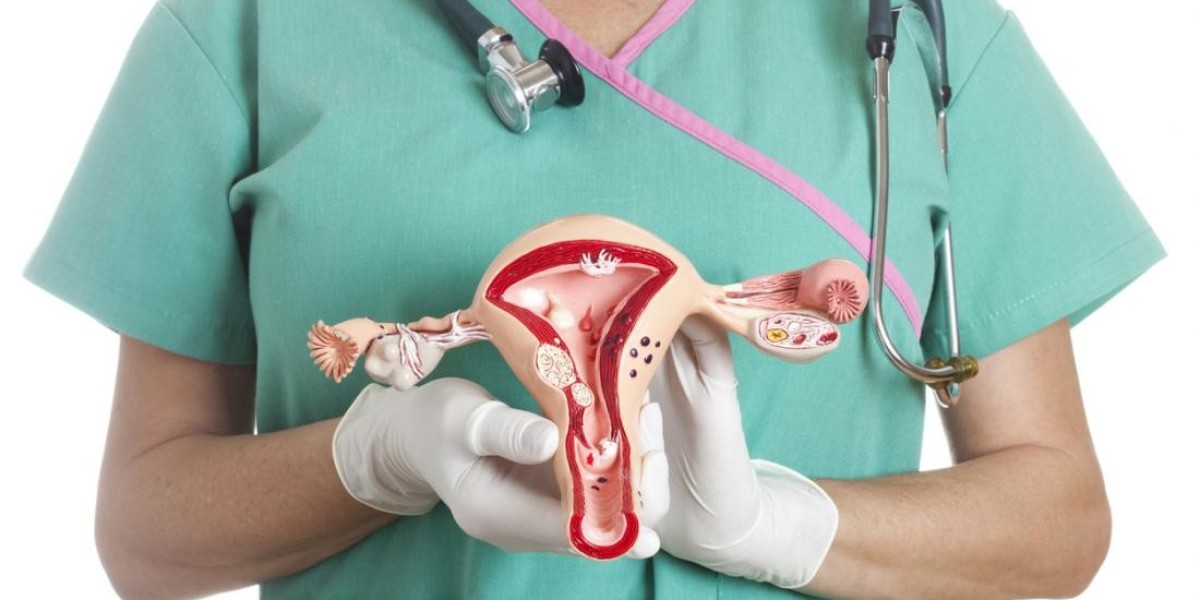Hysterectomy, the surgical removal of the uterus, is a commonly performed procedure that can be performed for various medical conditions. Understanding the most common indication for hysterectomy is essential to providing insight into the prevalent issues affecting women's health.
Dr. Chaitali Mahanjan Trivdedi, who provides the best hysterectomy treatment in Mumbai, explains certain indications for hysterectomy. This blog will explore the primary indication for hysterectomy and discuss some conditions that may necessitate this surgical intervention.
The Most Common Indication: Uterine Fibroids
Uterine fibroids, or leiomyomas, are the most common benign tumors in the female reproductive system. These non-cancerous growths develop from the smooth muscle tissue of the uterus and can vary in size, number, and location within the uterine wall. Uterine fibroids can cause various symptoms, including heavy or prolonged menstrual bleeding, pelvic pain, pressure, or discomfort, frequent urination, and reproductive issues such as infertility or recurrent miscarriages.
A hysterectomy may be recommended when other treatment options fail to alleviate the symptoms or if the fibroids significantly affect a woman's quality of life. Hysterectomy can involve the removal of the entire uterus (total hysterectomy) or the removal of the uterus along with the cervix (total hysterectomy with bilateral salpingo-oophorectomy if the ovaries and fallopian tubes are also removed).
Other Indications for Hysterectomy:
While uterine fibroids are the most common indication for hysterectomy, other medical conditions may warrant this procedure. Some of these include:
- Endometriosis: Endometriosis is a condition in which the tissue that normally lines the uterus (endometrium) grows outside the uterus, commonly on the ovaries, fallopian tubes, or other pelvic structures. Severe endometriosis can cause debilitating pain, fertility problems, and significant disruption to a woman's daily life. In some cases, hysterectomy may be considered a treatment option when conservative measures have failed to provide relief.
- Adenomyosis: When endometrial tissue fuses with the uterine muscle wall, adenomyosis develops. This condition can cause excessive menstrual bleeding, pelvic pain, and uterine enlargement. A hysterectomy may be recommended if conservative treatment options fail to alleviate symptoms.
- Pelvic Organ Prolapse: Pelvic organ prolapse occurs when the muscles and tissues that support the pelvic organs weaken, leading to the descent or protrusion of the uterus, bladder, or rectum into the vaginal canal. Severe cases of pelvic organ prolapse may require a hysterectomy to correct the condition and alleviate associated symptoms such as urinary incontinence, discomfort, or difficulty with bowel movements.
- Gynecological Cancers: In cases of uterine, ovarian, or cervical cancer, a hysterectomy may be part of the treatment plan. The extent of the surgery will depend on the stage and type of cancer involved.
Conclusion
While uterine fibroids are the most common indication for hysterectomy, other medical conditions may warrant this surgical intervention. It is important to note that a hysterectomy is a major surgical procedure with potential physical and emotional implications, and its necessity should be carefully evaluated by both the patient and the healthcare provider. When considering hysterectomy as a treatment option, it is crucial to have open and thorough discussions with a healthcare professional to fully understand the benefits, risks, and alternatives available. If one is looking for a cosmetic gynecologist in Mumbai, visit Dr. Chaitali Mahajan Trivedi at Nanavati Super Speciality Hospital in Mumbai.








